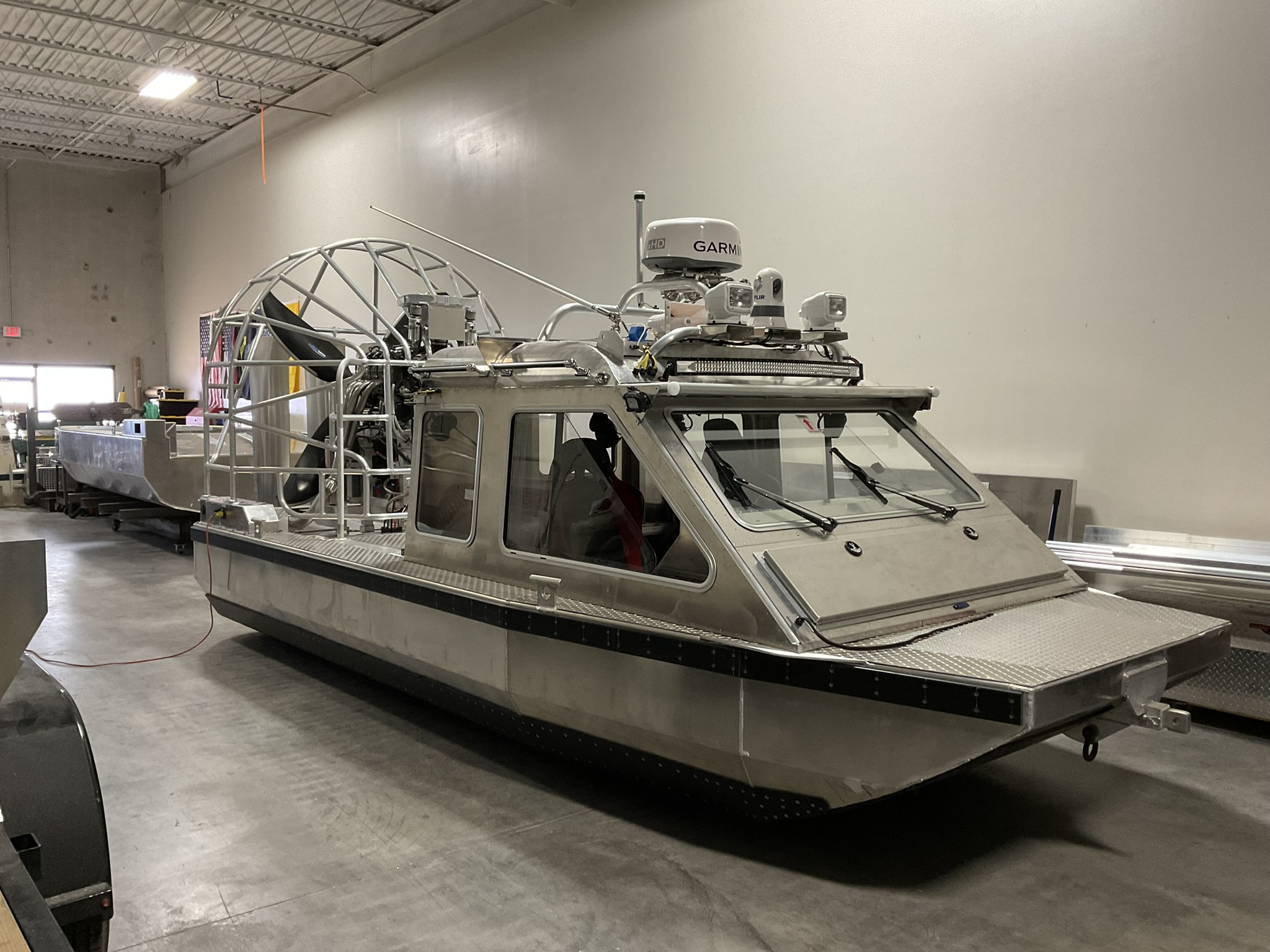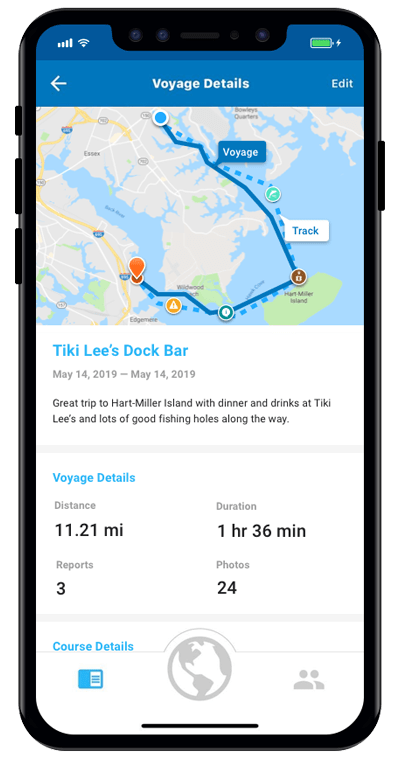Emergency crews on the upper Bay will soon be able to respond to those tricky shallow-water rescues more easily and safely.
The all-volunteer Susquehanna Hose Company (SHCo) in Havre de Grace just announced they’re getting a state-of-the-art airboat. It will be the department’s first vessel of this kind and the only airboat in service in the area.
SHCo, whose rescue boat covers the water from Turkey Point up the Susquehanna River, frequently responds to 911 calls in the Susquehanna Flats. These rescues are difficult at best and sometimes downright dangerous for emergency responders.
SHCo Division 3 1st Lt. Charlie Jones recalls multiple incidents when duck hunters, stranded kayakers, or bass boaters find themselves stuck in the mud or unable to combat high winds. The fire department’s existing rescue boat is 35′ and has become stuck on sandbars itself when attempting to rescue other boaters.
Sometimes they rely on Zodiaks from the Harford County Tactical Rescue team, but even those have outboard motors that tend to get bogged down in the thick underwater grasses the Flats are known for. Then, the only method of propulsion left is for crews to physically row the boat out to the victims.
“On one occasion, they had to row for two miles to get somebody,” Jones tells us.
When none of these methods work, first responders must call in help from the air. As Bay Bulletin reported last winter, helicopter rescues are surprisingly common in these shallow-water areas. Jones says there have been three helicopter lifts in the span of one year, using up state and local resources.
All of these solutions are time-consuming. “A rescue that should take an hour takes 3-4 hours. On occasion we to call Maryland State Police [for a helicopter rescue] and they have to set everything up to do a hoist operation before they can get out,” Jones says.
In the most recent call like this, a bass boat got stuck on a mud pile just 2,000 feet off the shore of downtown Havre de Grace. With no water around his boat at all, SHCo could tell they’d have no way to reach him. A state police helicopter had to winch the two men aboard to safety, despite being about 1/3 mile from shore.
“I got back from the call and said, ‘It’s time for an airboat,'” Jones tells us. Having spent 38 years testing military watercraft at Aberdeen Proving Ground, he was the right man for the job of selecting the airboat.
The 20′ long, 8′ beam airboat is coming from Midwest Rescue Airboats, a mom-and-pop boatbuilder SHCo President Joe Miller found online, and is more durable to withstand harsh conditions than the airboats people are used to seeing in the Florida Everglades, Jones says.
Midwest Rescue Airboats boasts that their 2023 model has an advanced hull hull structure, level flotation “well beyond government standards,” a Clearview cabin for enhanced visibility and shock-mitigating seating for less fatigue. It has very little freeboard and isn’t prone to sinking.
“We realized we needed something that could survive in 25-knot winds,” Jones says.
Thankfully, the fire company is well-funded internally and by the community and also receives funding from the City of Havre de Grace and Harford County. They were able to pay for the roughly $173,000 airboat in time for an expected November delivery.
That’s good timing as conditions on the Susquehanna Flats get more dangerous this time of year with dropping water temperatures and water depths that swing from 3 feet at high tide to just 6-7 inches at low tide. “Anything can happen to anybody on the water,” Jones points out.
“We are pretty confident this will suit our requirement and shorten the time it takes for us to go out and get people. We can go straight from point A to point B, instead of having to rely on where the deep water is.”
When the airboat arrives sometime in the next month, SHCo will undergo a 2-3 day training session and then put it into service once crew members are comfortable using it.
-Meg Walburn Viviano




